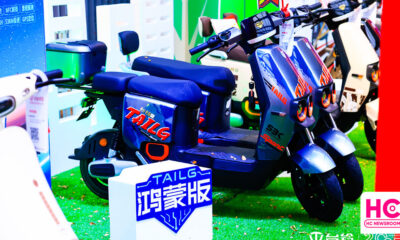HarmonyOS
Huawei Mate 20 series receiving first HarmonyOS 2.0 closed beta, replaces EMUI 11 with operating system
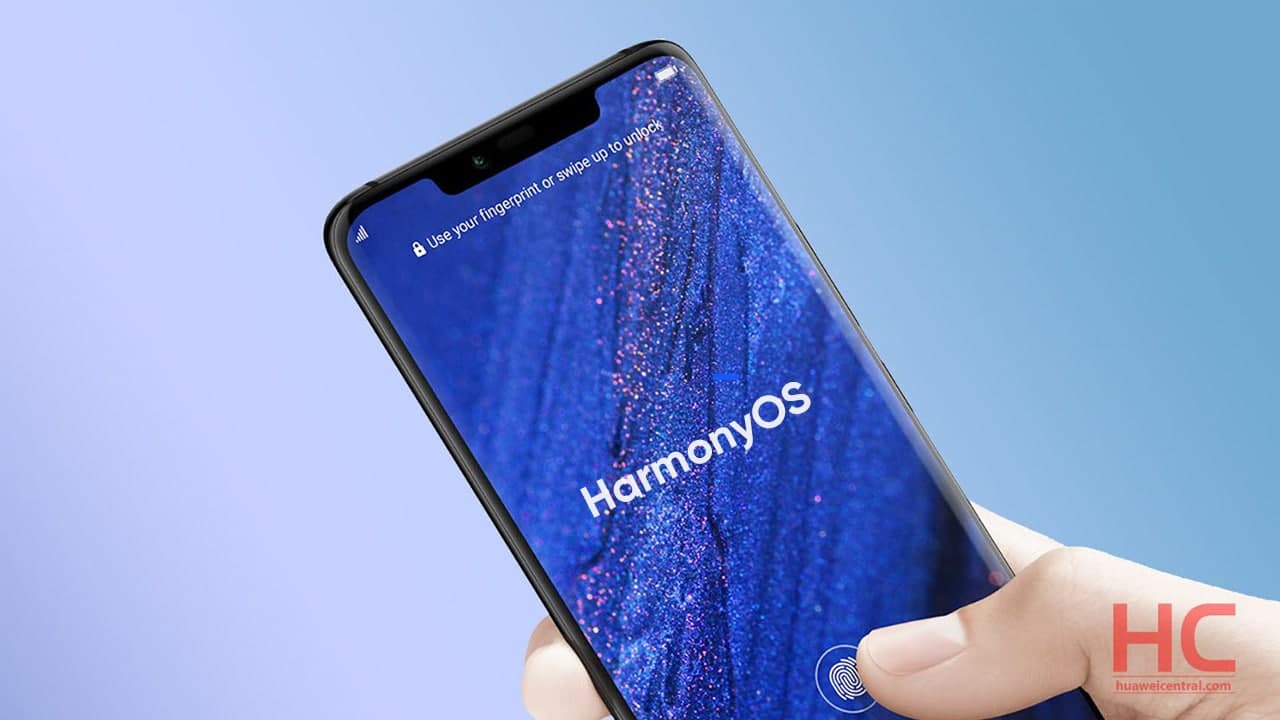
Following last week’s registration, Huawei has now begun sending the first build of HarmonyOS 2.0 closed beta for one of the beloved flagship phones – Huawei Mate 20. Still, the testing is limited to the Chinese models but we hope that Huawei is making a good plan to release this OS for global users as soon as possible.
The beta release is the initiation of the process that has been required by the Mate 20 series owners but only beta testers can enjoy the new features. However, we’ve got the complete information regarding this update rollout, so don’t worry about the details.
Adapted Models:
The first beta software update for the Huawei Mate 20 series comes with HarmonyOS version 2.0.0.116 upgrading and it’s rolling out for the Chinese version models of:
- Huawei Mate 20 (HMA-AL00/HMA-TL00)
- Huawei Mate 20 Pro (LYA-AL00/LYA-AL10/LYA-TL00)
- Huawei Mate 20 RS (LYA-AL00P)
- Huawei Mate 20 X 4G (EVR-AL00/EVR-TL00)
HarmonyOS 2.0 beta testing for Huawei Mate 20 X 4G is scheduled very soon.
As we move further with the beta testing, Huawei will send more beta software updates for the testers until the testing reaches a stable rollout stage.
HarmonyOS 2.0 beta features for Huawei Mate 20 series:
So, what the first beta for Huawei Mate 20 series actually brings? Well, it installs a number of new features including the new home screen, control panel, service center, HarmonyOS font, smoother sharing, smart home connection, better security, and more.
Let’s check the changelogs in detail:
HarmonyOS 2.0 closed beta 1 changelog for Huawei Mate 20, Mate 20 Pro, Mate 20 RS, and Mate 20 X 4G:
Home-screen
Swiping up on the app icon generates a service widget, which can be resized dragged to a new location, or added to your custom home screen.
Control Panel:
Swiping down from the upper-right edge of the screen takes you to Control Panel. Device Control access has been added to the shortcut switches panel so that you can control all of your devices with the same ease as navigating on your phone.
Service Center:
If you swipe up from the lower left or lower right corner on the screen, the system will lead to the Service Center. This is the place, where all of your collected service widgets are stored and ready to offer access to your desired services.
Smart Folder:
HarmonyOS adds support for app categorization and management. By pressing down on a standard folder displays a large folder, which offers direct access to desired apps.
HarmoynOS Fonts:
HarmonyOS brings support for step-free font Weight adjustments and adjusts the size of the font itself.
Smart Office:
Under this label, HarmonyOS brings you the capability to transfer files on cross-device platforms without requiring a data cable with the power of Huawei Share, which increases the file transfer speed and provides faster and secure file sharing between Huawei smartphones, computers, and tablets.
Smart Home:
Offers nimble, intelligent operations on household appliances, such as quickly accessing the phone’s network from the devices, controlling screenless devices, installation-free apps, and direct service access, which can be accessed by tapping your phone against the selected household appliance, or bringing your phone into the proximity to the appliance.
Seamless Performance:
All operations, including touches and swipes, are smoother and more natural, with images and videos loading more quickly as well.
Security:
App Guard:
The App Guard mode is enabled by default, to ensure that all apps subject deep scans for malicious behavior, security vulnerabilities, privacy risks, and other related behaviors while being installed.
This prevents risky apps from being installed while helping safeguard the secure running environment of the entire system.
Collaborative Security:
Add a mobile – Computer collaborative authentication feature and allows you to unlock your phone by entering the phone’s screen unlock password on your Huawei computer when your phone and computer are connected via multi-screen collaboration.
Certifications:
The TEE OS security kernel has obtained the CC EAL5+ certification, indicating the highest security level for a global commercial operating system kernel. The HarmonyOS operating system has obtained CC EAL4+ security certification, China’s highest security certification.
HarmonyOS
TAILG launched new scooter with HarmonyOS
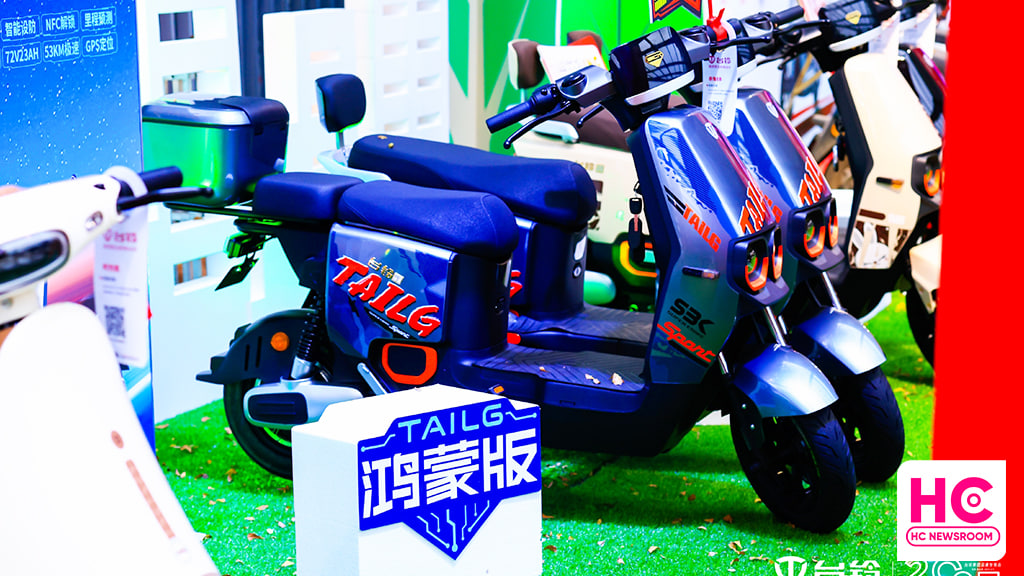
TAILG has launched a brand new electric scooter, which is powered by the HarmonyOS operating system and an all-around stylish look to provide a better experience for consumers.
It has a custom-made avant-garde handlebar, as well as an exclusive smart touch screen, which can display various driving data of the vehicle in real-time. It also equips with a variety of smart unlocking features, including one-key ignition.
The latest TAILG brings HarmonyOS features such as APP control, NFC unlocking, mileage prediction, smart fortification, and vehicle inspection. The TAILG HarmonyOS electric scooter packs a 72V23AH graphene battery, a 1000W cloud-powered motor, and a GPS positioning system.
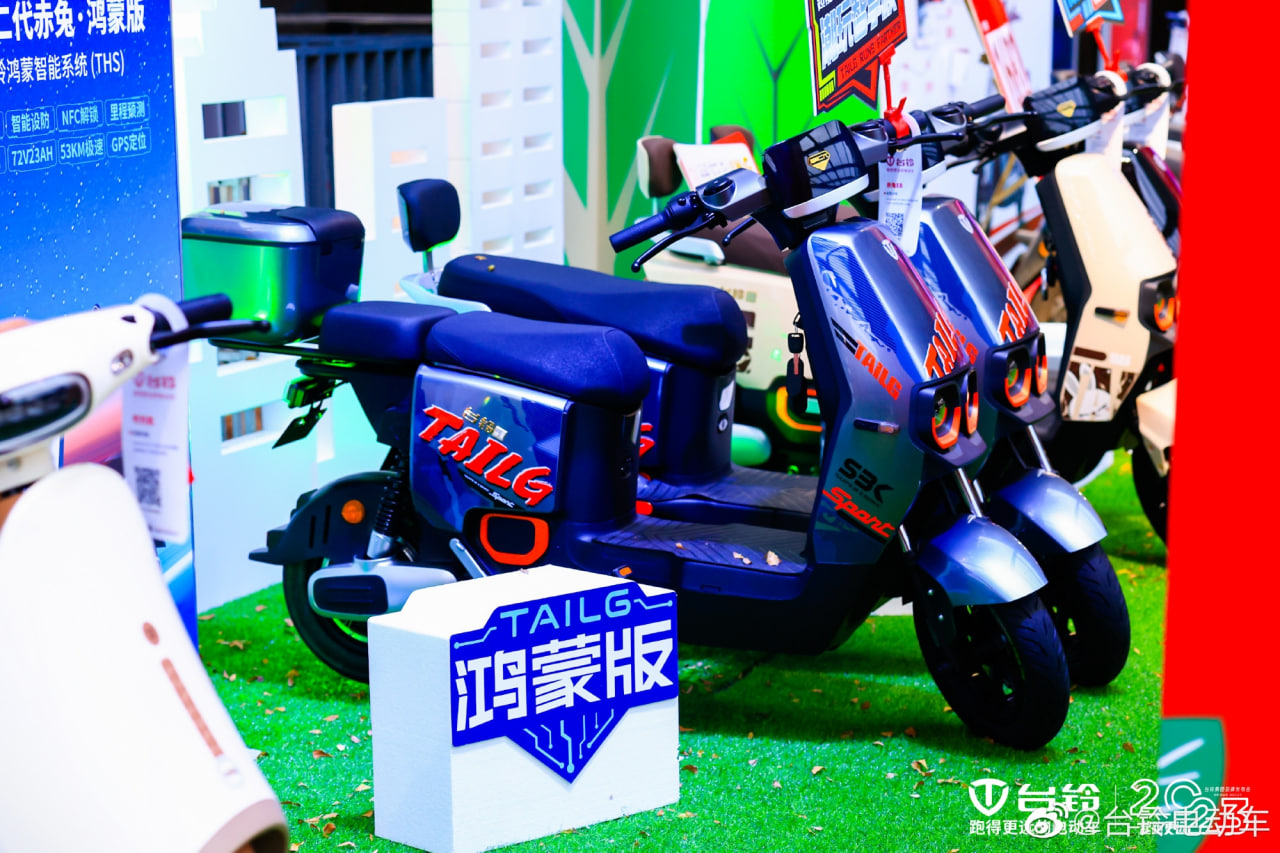
Looking at the price segment, the TAILG HarmonyOS scooter starts at 3899 yuan, and the high-end version is priced at 4588 yuan. This new electric scooter will be sold in offline stores across China.
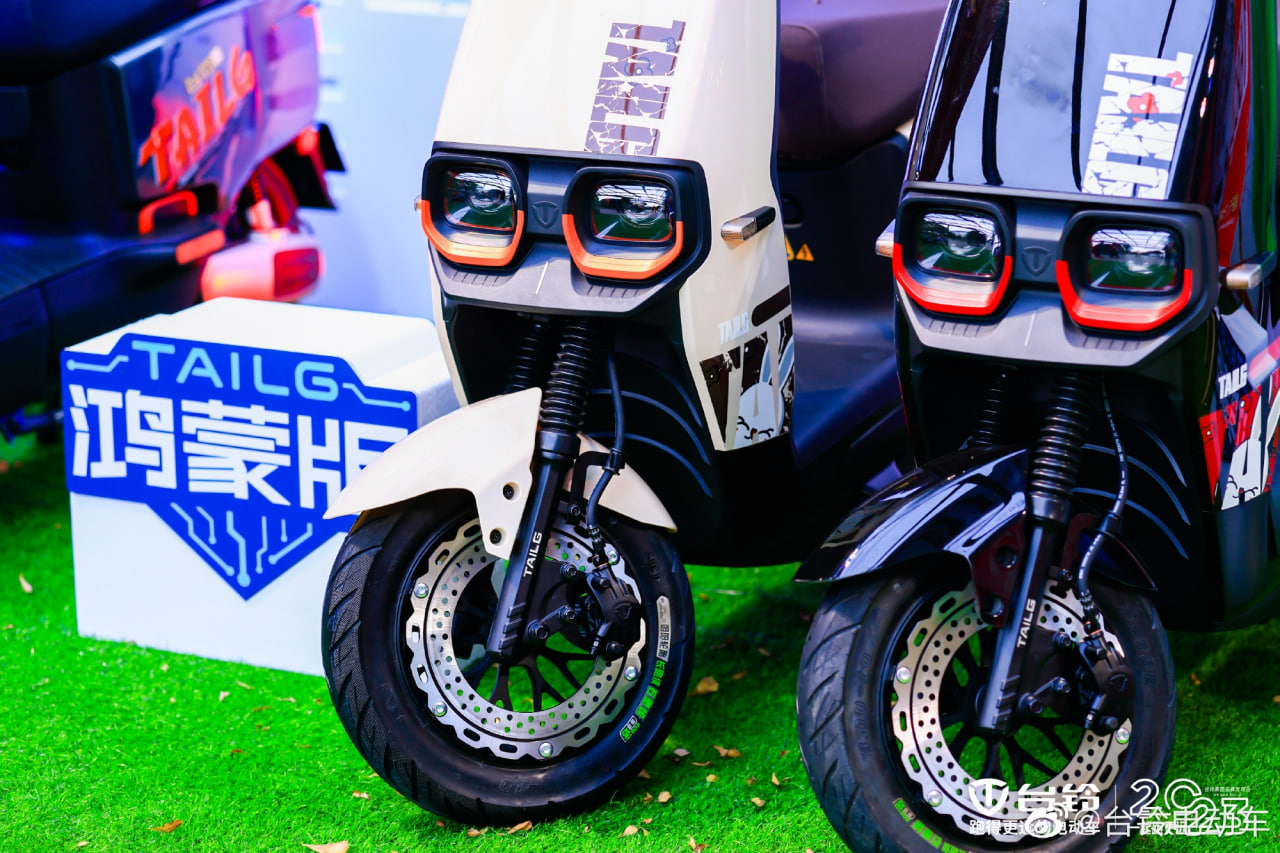
Last year in August, TAILG and Huawei announced cooperation to upgrade electric vehicles, the two companies will establish a joint innovation laboratory to conduct research on IoT and other technologies. This will also allow both firms to achieve technological advantages.
Established in 2004, TAILG is an enterprise specializing in R&D, manufacturing, sale, and service of new energy electric vehicles, Its products cover electric bikes, electric scooters, electric special bikes, electric tricycles, and other vehicles. It has an annual production capacity of 12 million vehicles and more than 30,000 stores exclusively in China.
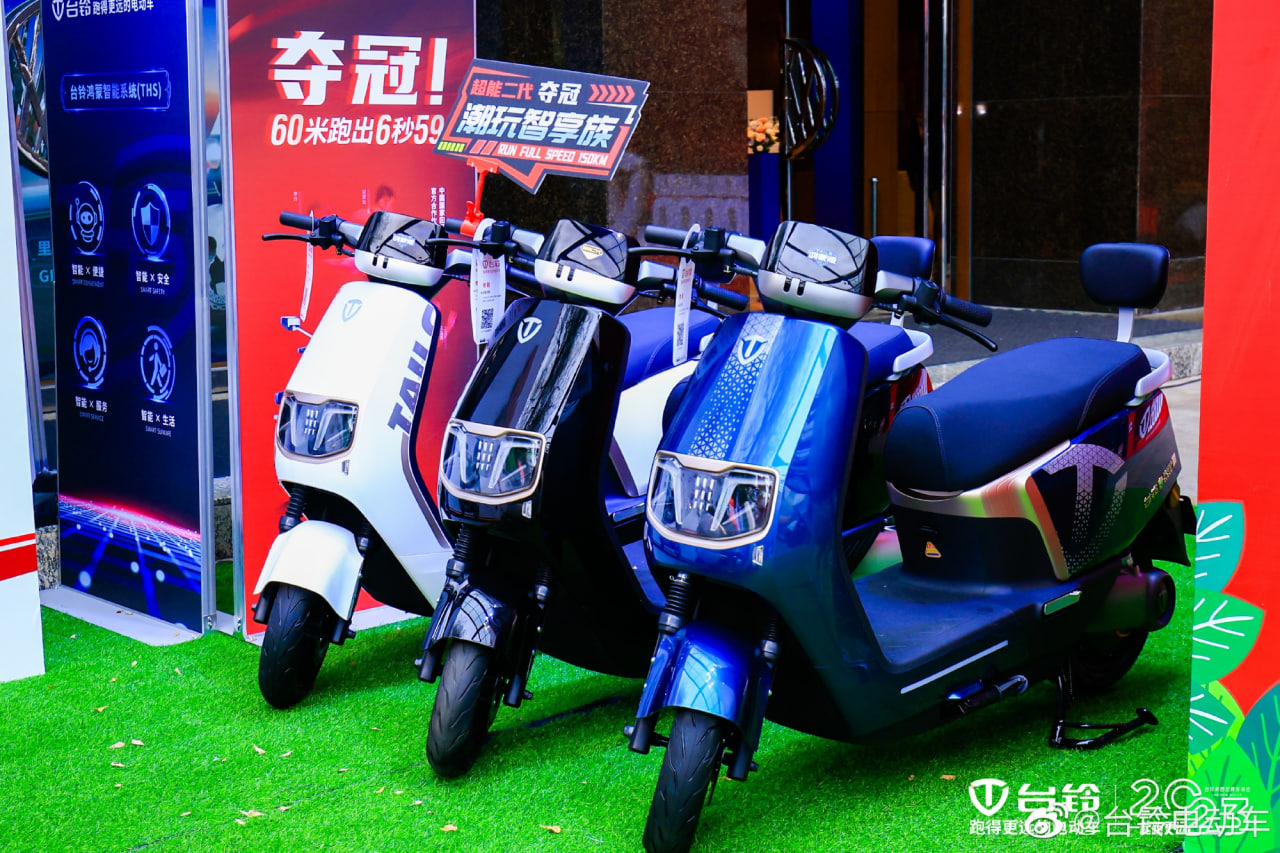
(via – Sina Tech)
HarmonyOS
HarmonyOS 3.1 Developer beta open for smartphone users
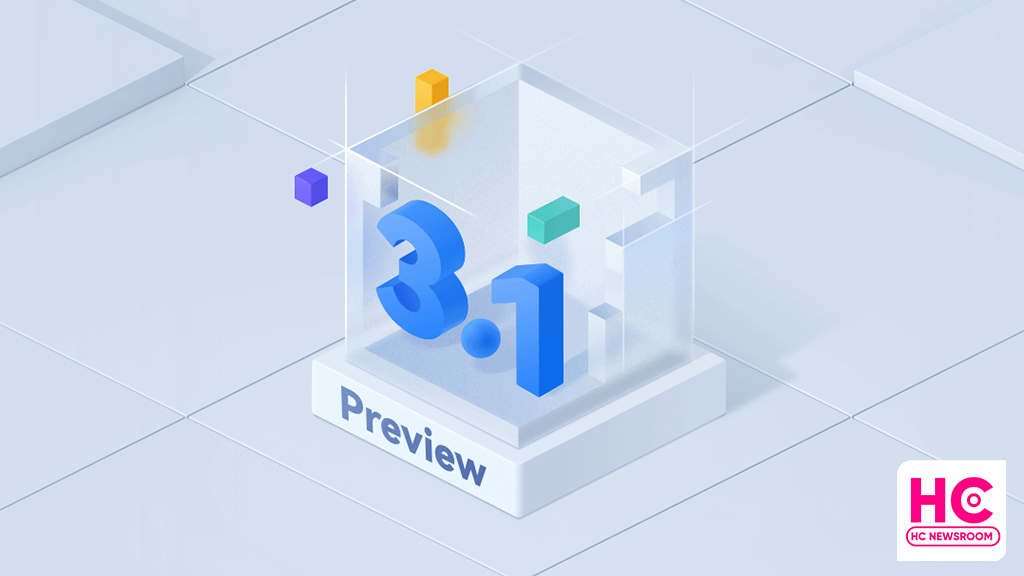
Today, HarmonyOS 3.1 developer preview testing is opened for smartphone users, this recruitment will enable developers to participate in the open beta activity with developer-only features directly into a real device.
According to the information, HarmonyOS 3.1 developer beta is currently being announced for the first phase of devices including Huawei P50 and P50 Pro. However, Huawei has confirmed to add more devices to the test pool later on. Also, a more friendly and subtle beta test is likely to begin in March.
To be mentioned, HarmonyOS 3.1 developer open beta recruitment is applicable until February 13, 2023. Afterward, Huawei will review the test applications. Selected testers will receive an email or SMS to download HarmonyOS 3.1 developer beta OTA rollout.
Also, this beta activity is available only for the Chinese models and only real authenticated accounts will pass the developer beta signup.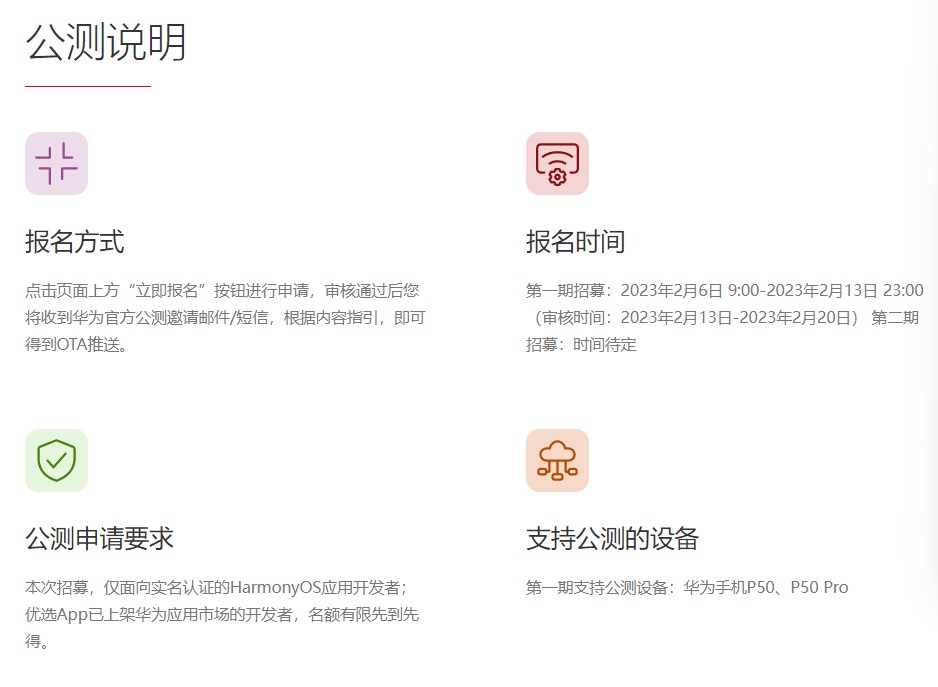
HarmonyOS 3.1 comes constructively adds a new ArkTS language, and with the latest public test, you will experience the improvements and efficiency of the app powered by ArkTS language, STage model, ArkUI, and more.
Below you can check the HarmonyOS 3.1 developer preview features:
- The ability framework adds a stage development model, including stage model life cycle management, scheduling, callback, context acquisition, authentication, and more. At the same time, the operation and management capabilities of the application are enhanced.
- The ArkUI development framework enhances the declarative Canvas/XComponent component capabilities, enhances component layout capabilities and state management capabilities, and optimizes the usability of some components.
- Application package management adds an interface for querying properties related to applications, ability, and ExtensionAbility.
- The common basic class library supports Buffer binary reading and writing.
- Web services add support for document preview and basic editing functions of document-type web applications, as well as cookie management and storage management.
- Added support for YUV, webp image codec, and other capabilities for graphics and images. Added native vsync capabilities, and supports self-drawing engines to independently control the rendering rhythm.
- Added camera configuration and preview functions in Media Services.
- The window service adds window-related interfaces under the Stage model, which enhances the window rotation capability and enhances the avoidance area query capability.
- The globalization service has newly added support for internationalization enhancement capabilities such as time zone lists, transliteration, and phone number attribution.
- The basic capabilities of common events are enhanced, and the commonEvent module is changed to commonEventManager.
- The resource management service adds a synchronization interface for resource acquisition, a new interface for querying resource values based on names, a new interface for querying number and float resource types, and a new way for Stage model resource query.
- Input method service adds input method cursor direction constant.

Android
First Android 14 Developer Beta announced, launch around HarmonyOS 4

Android 14 is the next software version for the Android ecosystem. On February 8, Google stepped ahead to begin the development of this major upgrade with the first developer beta.
Google has released the roadmap for the development, beta testing, platform stability, and the final release of Android 14, which reveals meet the launch of Huawei HarmonyOS 4 later in the second half of 2023.
The first developer preview is already out for the Pixel devices. However, Google could open early access to other smartphone makers such as OnePlus by April when the open beta campaign kicks off.
As mentioned by the Android company, Android 14 is projected to reach platform stability by the end of July. But there’s still a possibility of these milestone timelines to delay, similar to last year.

For your information, the Android 14 developer preview will be a very useful and early gift to the developer community. It will pave a way for the app devs to know more about the upcoming APIs and app features ahead of the final launch.
Looking into the developer preview features, Android 14 promises to improve productivity, enhances performance, improvements to security, and privacy, and bring new customizations.
Yes, there are new tweaks and changes made over Android 12, while there are more that will be visible as the development progress further. Throughout this phase, these developers (and later users) will help to fix bugs and make improvements to the Android 14 source code.
HarmonyOS 4:
Aside from the Android 14 developer beta, Huawei is preparing for the HarmonyOS 3.1 rollout but the company is working on HarmonyOS 4 as a major release for the next generation of Huawei devices. For now, there’s no official launch date available but we are likely to hear more on this at the Huawei Developer Conference (HDC) 2023 event.
HarmonyOS 4 promises big upgrades over HarmonyOS 3 and a major restructure in the user interface (UI). Nonetheless, we’ll keep you posted.

(source – Android)






